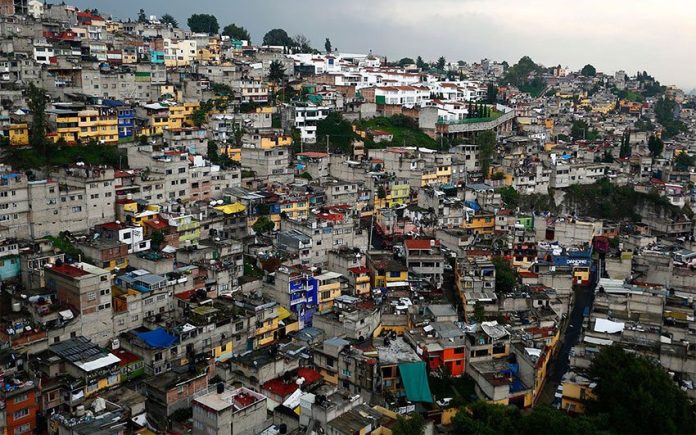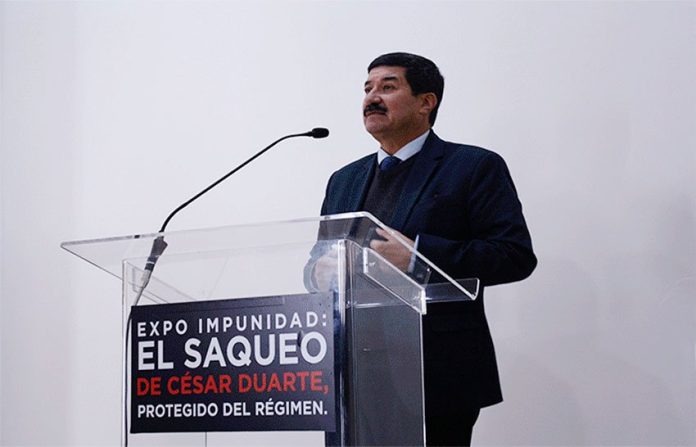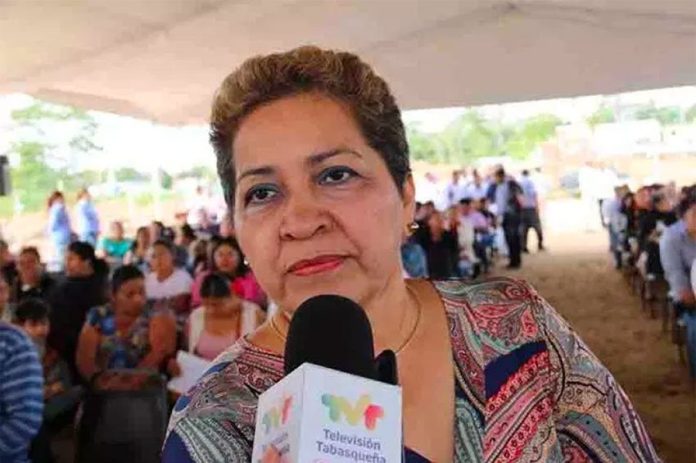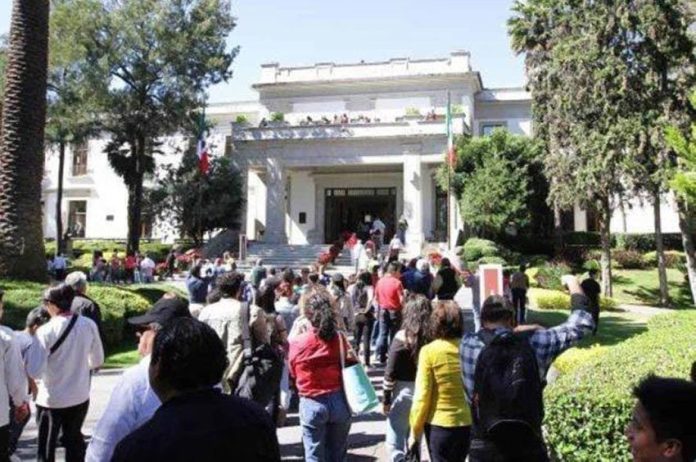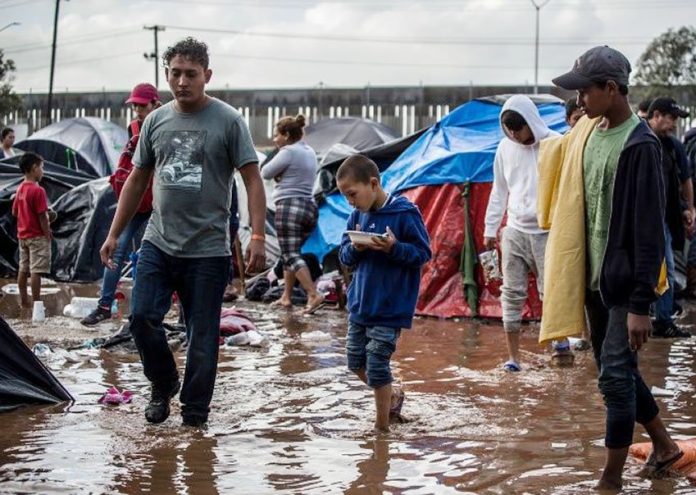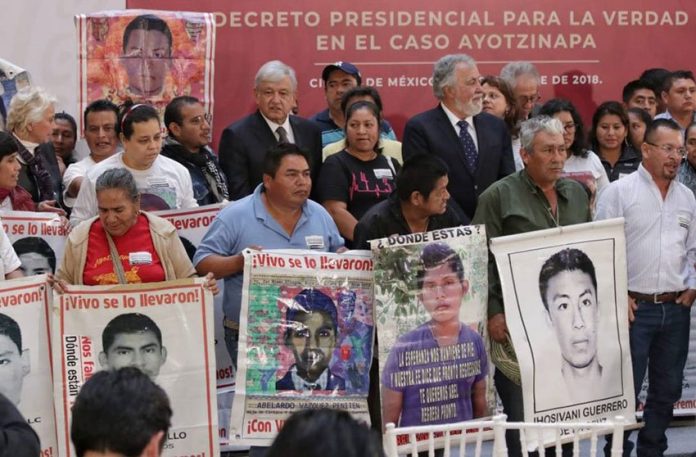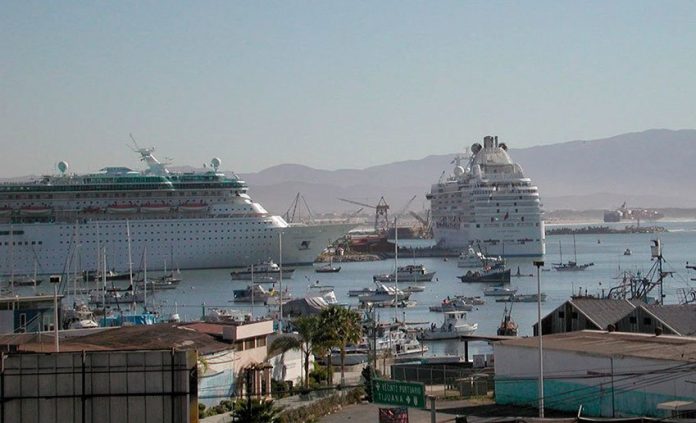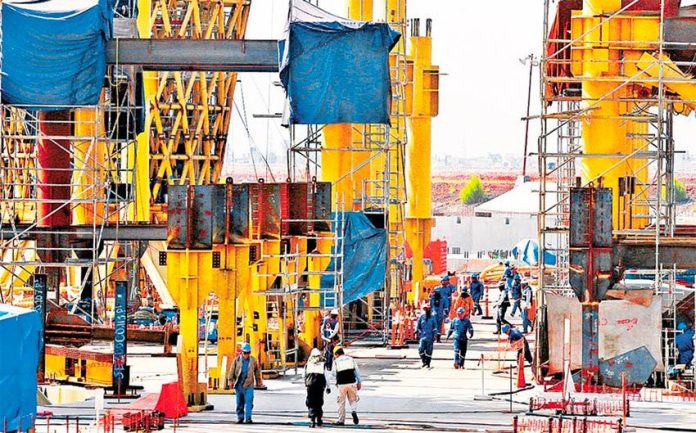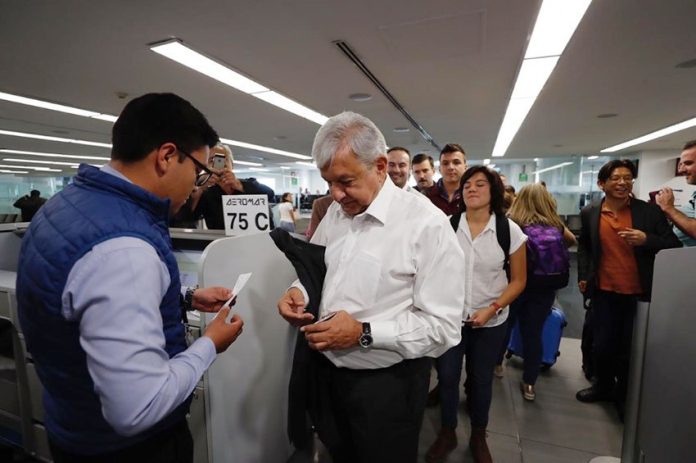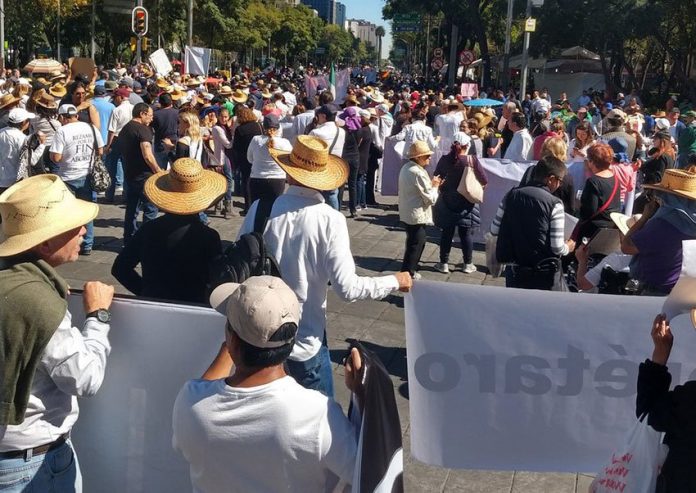The whereabouts of around 3,000 Central American migrants is unknown after fewer than half of those in a Tijuana shelter were transferred to a new location.
More than 6,200 mainly Honduran migrants have arrived in the northern border city since mid-November and most had been staying in a sports complex that was converted into a temporary shelter.
However, government authorities announced last week that the migrants would be transferred from the Benito Juárez sports complex, whose grounds had become a quagmire after heavy rain, to a 9,000-square-meter-piece of land known as El Barretal, which is located in Tijuana’s eastern outskirts.
However, Rodolfo Hernández, president of the Baja California State Migrant Council, said that between last Thursday and yesterday only around 2,500 migrants had arrived at the new shelter while 300 remained in and around the previous one.
“. . . the rest, around 3,000 [migrants], nobody knows where they are,” he said.
“We’re asking other shelters to supply us with lists in order to know how many of them are in those places, others crossed the wall and went into the United States . . . We’re trying to carry out a census,” Hernández added.
Those who have moved to the new shelter, located in the notoriously violent neighborhood of Mariano Matamoros, say that conditions there are much-improved.
The El Barretal shelter has the capacity to house 2,500 people indoors and another 3,500 in an outdoor area, according to Tijuana Civil Protection authorities.
David Alejandro, a 23-year-old Honduran man, told the newspaper El Universal that there was a downpour on the last day he spent in the Benito Juárez sports complex, which ruined his few possessions.
“. . . We’re better off here . . . because there is hard ground here and there it was dirt that turned into pure mud . . . they say it’s going to rain again and we don’t have a roof here either but at least there is no mud,” he said.
Another migrant identified only as Alicia, who is accompanied by her three small children, said that living in the previous shelter in crowded conditions with no privacy and poor hygiene was difficult but that the rain made it impossible.
“. . . Here the children can play a little bit more because it’s not so dirty. They told us that women and the little ones are going to sleep indoors, that’s fine by me,” she said.
Some other migrants agreed to move to the new shelter but quickly began planning their departure.
Honduran Claudia Lorely, her husband Bryan José and two of their friends were among those who decided to leave, according to a report published by the news website Univision Noticias.
On Sunday, the four Hondurans, who left San Pedro Sula on October 13 as part of the first and largest migrant caravan, ate a Chinese meal outside the El Barretal shelter and stocked up on sports drinks before setting off for Playas de Tijuana, a neighborhood in the west of the city where the border fence separating Mexico from the United States meets the Pacific Ocean.
Once there, they planned to try to jump the fence to turn themselves into United States border patrol agents and request asylum.
“We’re going to hand ourselves in because we no longer see any other option,” Claudia said.
The Hondurans took the decision to try to cross the border illegally after coming to the realization that they wouldn’t be able to enter the United States as a group as they originally thought would be possible.
A daily “metering” system adopted by United States border authorities limits the number of migrants who are granted appointments at which they can begin the process to request asylum.
That system, coupled with an existing backlog of would-be asylum seekers who were already in Tijuana when the caravan arrived, means that most new arrivals will be forced to wait months or even years to plead their case to U.S. authorities with no certainty that they will be successful.
“It’s not as we thought it would be. We’re tired, desperate, it’s already been a long time since we left home and we want to see something clear,” Bryan said.
The United States border patrol said that 24 people were intercepted on the U.S. side of the border Saturday while more migrants have crossed or attempted to cross the border over the past two days.
Some migrants have decided to remain in Tijuana – at least for the time being – while others have sought assistance to return to their countries of origin.
Mario Madrazo, a director at the National Immigration Institute (INM), said that 453 migrants had voluntarily requested assistance to return home, adding that around 150 others would be deported after being arrested for committing misdemeanors or other crimes.
Around 100 migrants were arrested and deported after participating in a rush on the border on November 25 to which U.S. border agents responded with the use of tear gas.
Honduran migrant Yoselin Martínez told Univision that the number of people making snap decisions about their plans had spiked since Thursday when rumors began circulating that those transferred to the new shelter would be detained by immigration authorities and immediately deported.
Another migrant at the new shelter, 23-year-old Honduran Milson Martínez, who traveled more than 4,000 kilometers to the border with his partner, cousin and five-year-old nephew, said it was necessary to remain “level-headed” when planning any future move because “one could lose everything” with a poor decision.
“The truth is that they’re filling our heads with a lot of ideas, a lot of people think that those of us who are here are going to be deported . . . and others are enticing people to leave and cross the wall but I believe that we have to be calm and patient . . . We saw that we can’t enter as a group like we entered Guatemala, we have to wait,” he said.
“We know that Donald Trump’s heart won’t be touched by us, we know that it’s going to be difficult but for now we’re going to wait and see if they speed up the process to request asylum . . .”
Source: El Universal (sp), Univision Noticias (sp)
